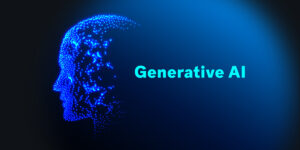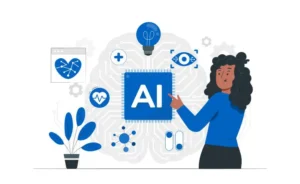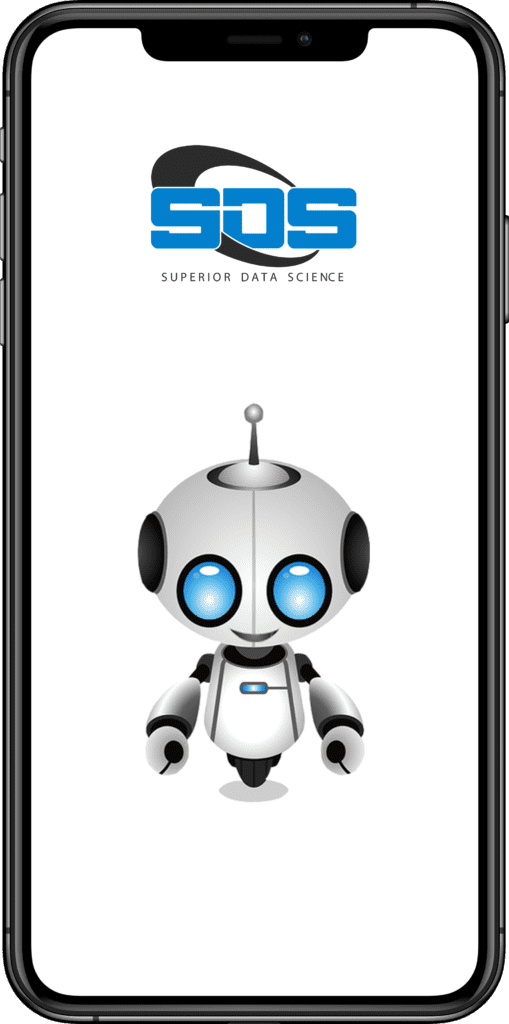Machine learning is revolutionizing industries across the board, with its ability to analyze vast amounts of data and extract valuable insights. By training algorithms to learn from data patterns, machine learning enables automation, prediction, and decision-making in various applications. Its impact spans from personalized recommendations in e-commerce to autonomous driving in transportation. Understanding the core concepts and algorithms of machine learning is crucial for individuals and organizations seeking to harness its transformative power. This article will provide a comprehensive overview of machine learning, covering key concepts, algorithms, and real-world examples.
Table of Contents
- Introduction
- What is Machine Learning?
- Types of Machine Learning
- Supervised Learning
- Unsupervised Learning
- Semi-Supervised Learning
- Reinforcement Learning
- Deep Learning
- Applications of Machine Learning
- Machine Learning in Business
- The Future of Machine Learning
- Challenges in Machine Learning
- Ethical Considerations in Machine Learning
- Conclusion
- FAQs
Introduction
Data-driven learning is an integral part of artificial intelligence, empowering machines to improve their performance through data analysis. It finds applications in diverse fields, including self-driving cars and online recommendations. Algorithms employed in data-driven learning extract patterns from data and utilize them for making predictions. By training on large datasets and learning from mistakes, these algorithms enhance their accuracy and effectiveness over time. The continuous refinement of data-driven learning ensures the constant evolution of AI systems.
What is Machine Learning?
At its core, data-driven modeling is about utilizing data to construct models that can make predictions or take actions based on that data. This process involves three key components: data, models, and algorithms. Data forms the foundation of data-driven modeling. Algorithms are trained on extensive datasets to identify patterns and relationships within the data. These patterns and relationships are then utilized to make predictions or take actions when new data is encountered. Models represent the mathematical representations of the relationships within the data. These models are developed using algorithms that aim to find the optimal fit between the data and the model. Algorithms serve as the instructions that guide the data-driven model on how to handle the data. These algorithms are designed to optimize the performance of the model by adjusting the model’s parameters based on the available data.
Types of Machine Learning
There are several types of machine learning, each with its own strengths and weaknesses. Supervised learning, unsupervised learning, semi-supervised learning, reinforcement learning, and deep learning are the most common types of machine learning.
Supervised Learning
In supervised learning, the algorithm learns from labeled data. Labeled data refers to data that already has the correct answer assigned to it. For instance, an image recognition algorithm can be trained using a dataset of labeled images indicating the objects they depict. The algorithm learns to predict the appropriate label for new, unlabeled data by identifying patterns in the labeled data. Supervised learning finds extensive usage in applications such as image and speech recognition.
Unsupervised Learning
In unsupervised learning, algorithms train on unlabeled data, actively seeking patterns and relationships without any prior knowledge of what those patterns might be. They explore the data autonomously and identify hidden patterns and structures. This approach finds extensive usage in applications such as clustering, where data is grouped based on similarity, and anomaly detection, where algorithms identify unusual patterns or outliers. Unsupervised learning algorithms rely on intrinsic properties of the data to uncover valuable insights and discover hidden structures within complex datasets. By leveraging the power of unsupervised learning, machines can autonomously learn from data and uncover valuable information without the need for explicit guidance or labeled examples.
Semi-Supervised Learning
Semi-supervised learning combines elements of supervised and unsupervised learning to train algorithms on a mix of labeled and unlabeled data. The algorithm benefits from both labeled and unlabeled data, allowing it to learn from multiple sources of information. In semi-supervised learning, the algorithm leverages the abundance of unlabeled data to enhance its understanding of the underlying patterns. This approach is particularly useful when labeled data is limited, but there is a vast amount of unlabeled data available. Semi-supervised learning techniques are widely employed in various applications where acquiring labeled data is challenging or costly.
Reinforcement Learning
Reinforcement learning involves an algorithm learning through interactions with its environment, receiving rewards or punishments based on its actions. The algorithm’s behavior is shaped over time as it seeks to maximize the rewards and minimize the punishments it receives. Applications like robotics and game AI heavily rely on reinforcement learning to teach machines how to make optimal decisions. Through trial and error, the algorithm learns which actions yield positive outcomes and adjusts its behavior accordingly. Reinforcement learning enables machines to autonomously learn and adapt to complex environments, making it a powerful approach in various fields.
Deep Learning
Deep learning is a machine learning technique that utilizes neural networks to learn intricate patterns within data. Neural networks are composed of interconnected layers of artificial neurons, enabling them to identify complex patterns. Deep learning finds extensive use in various applications, including image and speech recognition, natural language processing, and autonomous vehicles. By leveraging deep learning, systems can accurately classify images, transcribe speech, understand and generate human language, and navigate autonomously. The power of deep learning lies in its ability to automatically learn hierarchical representations, enabling the extraction of meaningful features from complex datasets.
Applications of Artificial Intelligence
Machine learning has a wide range of applications across various industries. Some of the most common applications of machine learning include:
- Image and speech recognition
- Natural language processing
- Predictive maintenance
- Fraud detection
- Recommendation systems
- Autonomous vehicles
Data-Driven Insights in Business
Data-driven insights have become an essential tool for businesses looking to gain a competitive advantage. By leveraging data analysis, businesses can extract valuable insights from large amounts of data to make informed decisions and improve their operations. Some of the most common use cases for data-driven insights in business include:
- Predictive maintenance
- Customer segmentation
- Churn prediction
- Fraud detection
- Price optimization
The Future of Data-Driven Intelligence
Data-driven intelligence is a rapidly evolving field, and its future is bright. As the amount of data continues to grow, the potential applications of data-driven intelligence will only increase. Some of the most promising areas of research in data-driven intelligence include:
- Explainable AI
- Federated learning
- Edge computing
- Human-in-the-loop data-driven intelligence
- Quantum data-driven intelligence
Challenges in Data-Driven Intelligence
Despite its potential, data-driven intelligence is not without its challenges. Some of the most significant challenges in data-driven intelligence include:
- Data quality and bias
- Model interpretability
- Lack of standardization
- Privacy concerns
Ethical Considerations in Data-Driven Intelligence
Data-driven intelligence has the potential to revolutionize the world, but it also raises important ethical considerations. As data-driven intelligence becomes increasingly integrated into our lives, it is important to consider the potential impact on society. Some of the most pressing ethical considerations in data-driven intelligence include:
- Bias and discrimination
- Privacy concerns
- Transparency and accountability
- Security risks
Conclusion
Data-driven intelligence is a rapidly evolving field that has the potential to revolutionize the world. As the amount of data continues to grow, the potential applications of data-driven intelligence will only increase. However, data-driven intelligence is not without its challenges and ethical considerations. As we continue to integrate data-driven intelligence into our lives, it is important to consider these issues and work towards solutions that benefit society as a whole.
